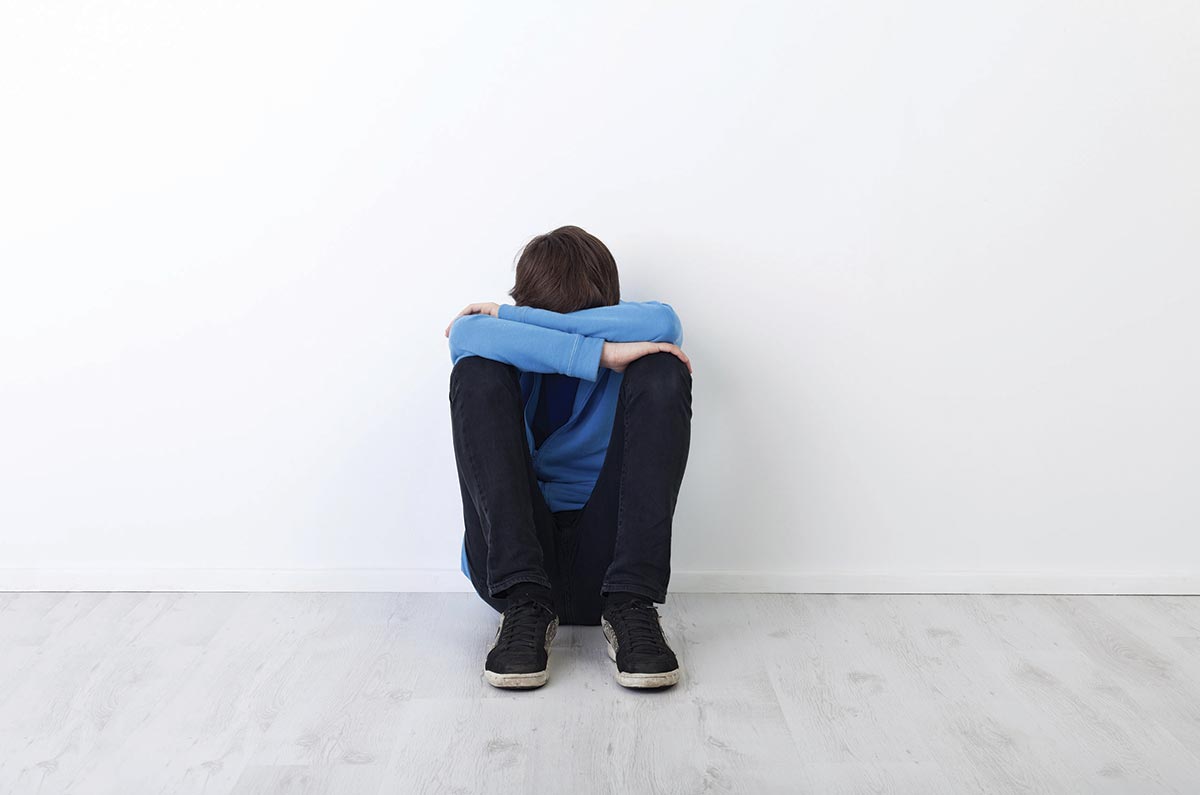How Do I Know If My Child Has an Anxiety Disorder?
March 01, 2017
 University Hospitals Rainbow Babies & Children'sExperts in Children's Health
University Hospitals Rainbow Babies & Children'sExperts in Children's Health
Small worries are normal for kids and teens. But when worry morphs into distress so that everyday life is difficult, anxiety may be controlling parts of his or her life. About one in 12 kids and teens may develop an anxiety issue, making it the most common mental health disorder of childhood.
Here are some guidelines on a few of childhood’s most common anxiety disorders from child and adolescent psychiatrist Stephanie Pope, MD. Learn how to help your young one through minor worries – and how to spot signs that more help may be needed:
Separation Anxiety
From age 6 months to 2 years, separation anxiety is part of normal development. For instance, your toddler may ask to sleep in your bed, or may become distressed when you leave them with another caregiver – particularly if they’re tired, hungry or not feeling well.
Red flags: Intense distress when separated from an important caregiver – usually a parent. When separated, the child may focus on seeing the parent again or worry that something has happened to them.
How you can help: Keep goodbyes brief, upbeat and matter-of-fact. “Create a ritual your child can depend on," Dr. Pope says. Say when you’ll be back and keep your promise. To prevent relapses during holidays and vacations, plan short separations. For example, leave your child with a trusted caregiver for an hour or two while you have coffee with a friend.”

Generalized Anxiety Disorder
Fears about things like monsters and the dark are normal in young children. Performance worries, such as nerves about giving a presentation at school, are more common in older kids.
Red flags: Excessive worry, fear and dread about grades, friendships, family matters or doing well in activities, such as sports
How you can help: Help your child stick with a healthy sleep schedule, eat nutritious meals and get physical activity. Practice a tension-taming activity your child can use when anxiety rises, such as calm breathing.
Social Anxiety
A little shyness in a new situation is normal for most kids. Social anxiety is more common in teens, but it can begin earlier in life.
Red flags:
- Extreme worry before social events.
- Throwing tantrums or complaining of physical symptoms, like stomachaches, to avoid going to school or other activities
How you can help: “Understand that behind your child’s behavior are big fears about doing or saying the wrong thing in front of others, especially friends and classmates,” Dr. Pope says. “Be understanding, but firm – don’t allow your child to skip important activities like school due to social anxiety.
“Talk with your child’s pediatrician if your child is restless, irritable, or has trouble sleeping or concentrating as a result of anxiety,” Dr. Pope says.
“For symptoms that persist beyond a few months, your pediatrician may recommend seeing a mental health specialist, such as a child psychologist, psychiatrist or counselor,” she says.


